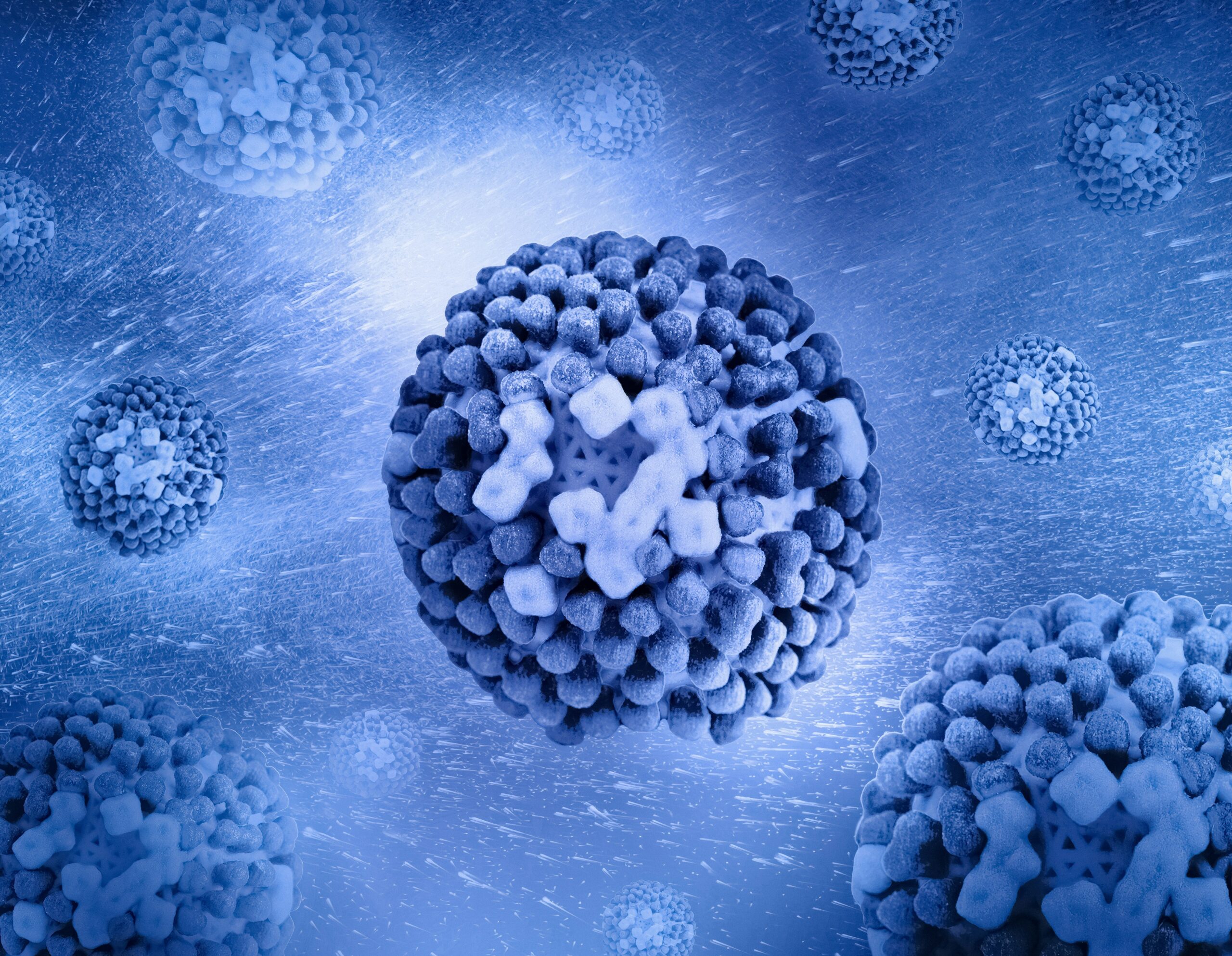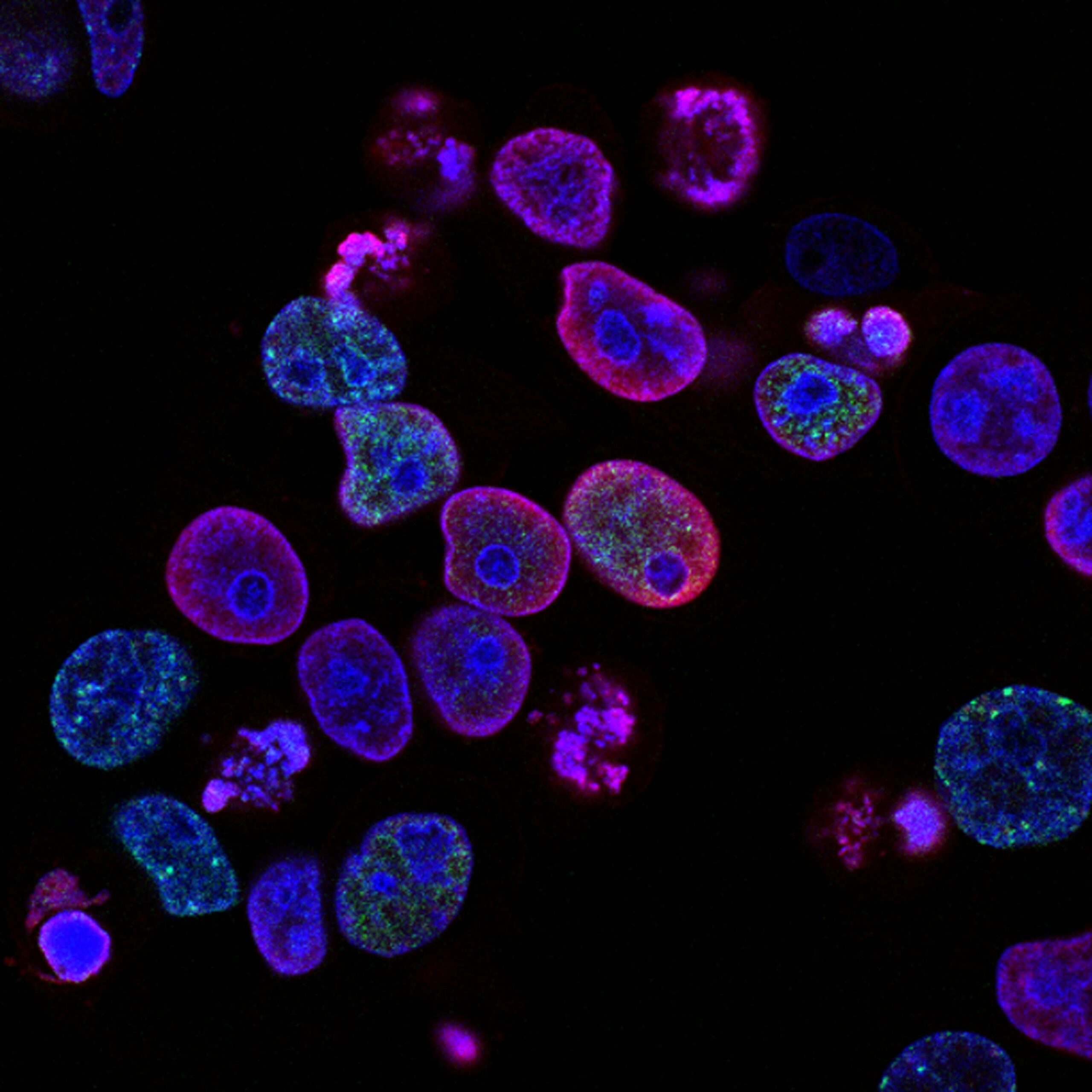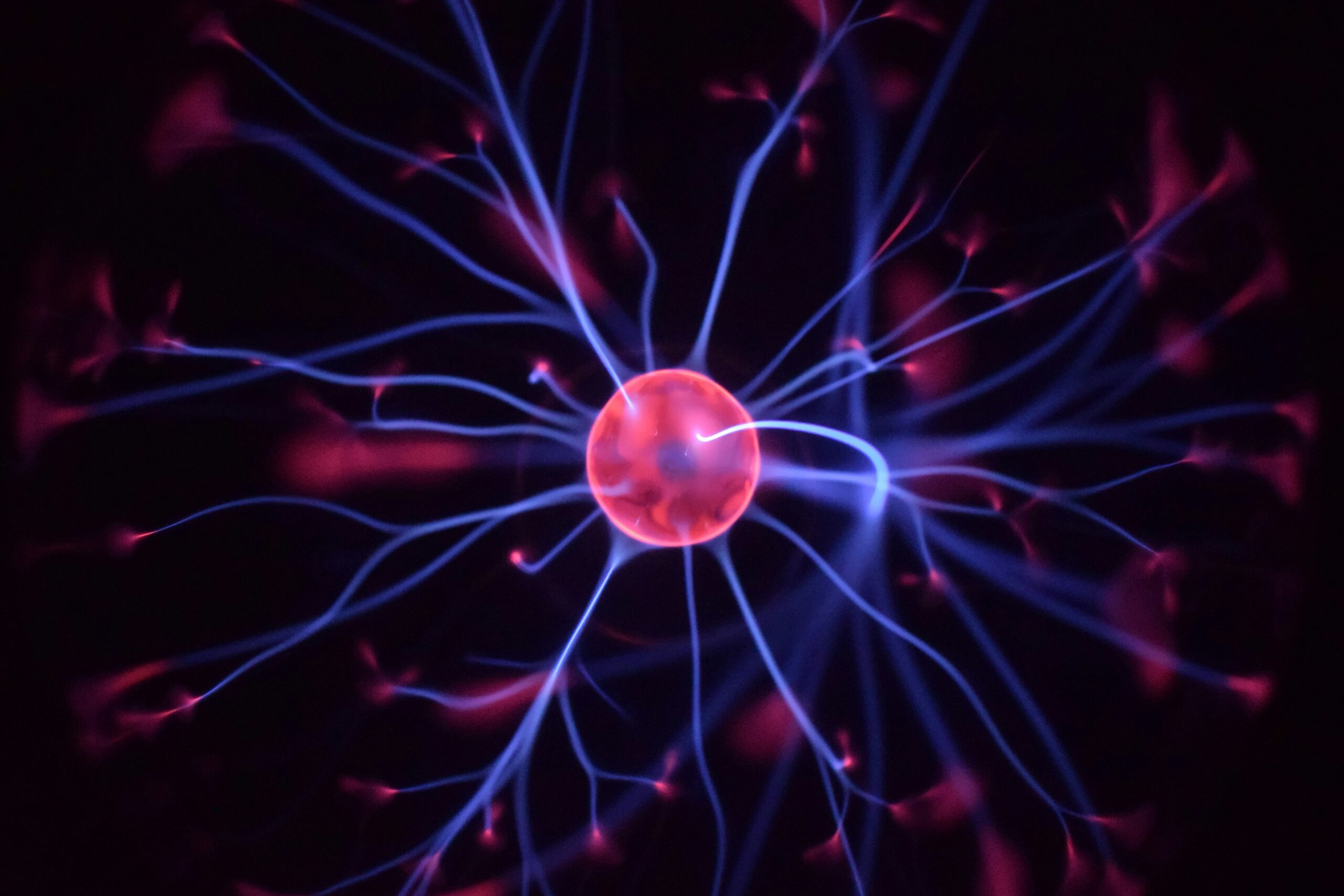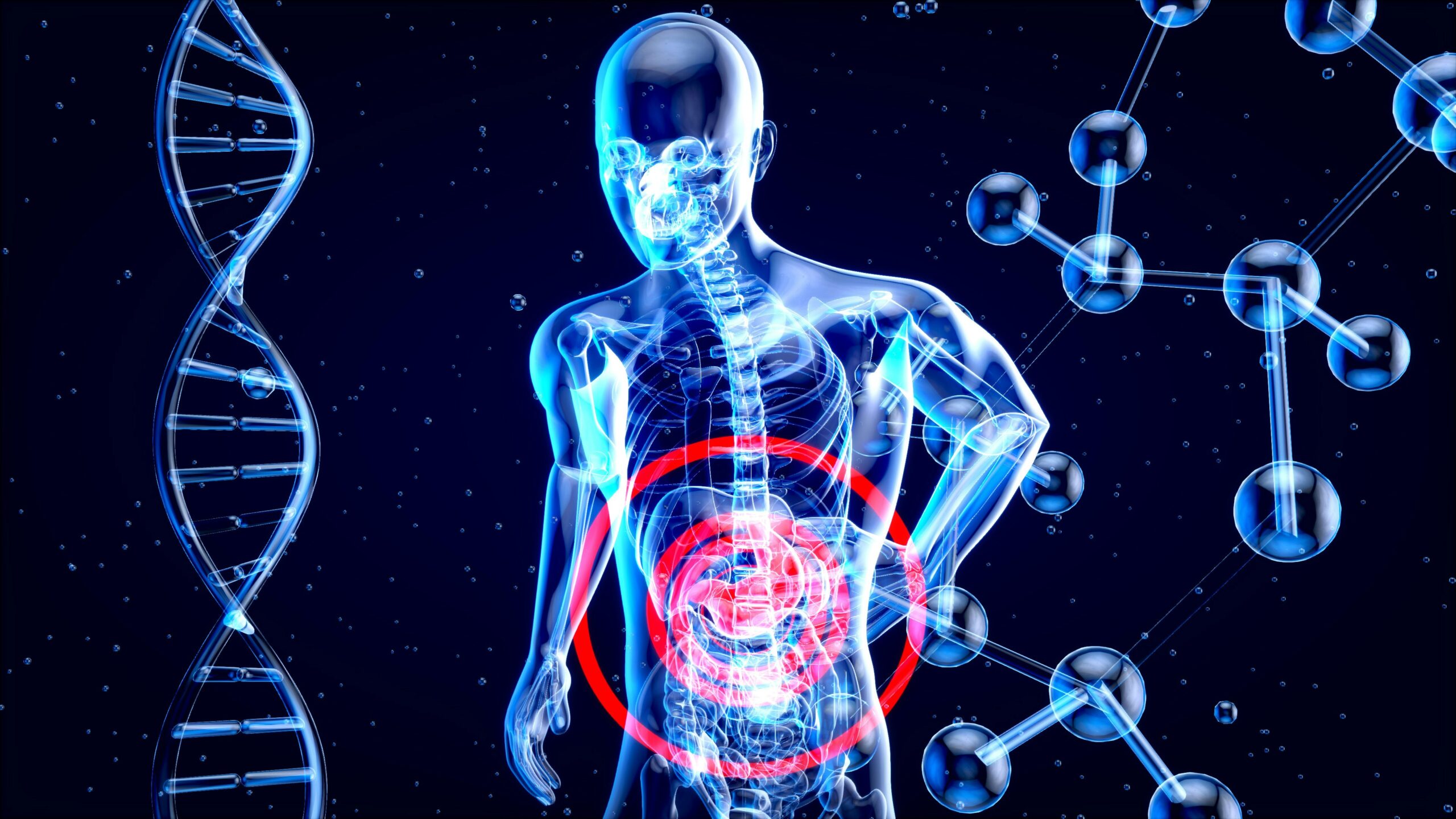Unlocking the Potential of T-Cell Rejuvenation in Regenerative Medicine
The thymus gland, though often overlooked, is central to human immunity. Located in the mediastinum, the thymus is responsible for the maturation of T lymphocytes, which orchestrate adaptive immune responses. Unfortunately, the thymus undergoes rapid involution after puberty, leading to a decline in T-cell output and contributing to the aging immune system.
This process—marked by reduced naïve T-cell production, impaired immune surveillance, and increased vulnerability to infections and cancer—is a critical factor in immunosenescence. Today, advances in thymic regeneration are offering physicians new strategies to rebuild central immunity and restore resilience in aging and immunocompromised patients.
Why the Thymus Matters
The thymus is not just another lymphoid organ—it is the training ground for T cells. Within its specialized microenvironment:
- Immature progenitors differentiate into diverse T-cell subsets.
- Central tolerance is established, preventing autoimmune reactions.
- A robust pool of naïve T cells is maintained for immune adaptability.
As the thymus degenerates with age, this system collapses. The result is:
- Reduced ability to respond to new infections and vaccines.
- Higher risk of cancer due to impaired immune surveillance.
- Greater susceptibility to chronic inflammation and degenerative disease.
Thus, restoring thymic function could mean recalibrating the entire immune network.
Strategies for Thymic Regeneration
Research in regenerative medicine is rapidly advancing, exploring multiple avenues to rebuild central immunity:
1. Cellular Therapies
- Mesenchymal stem cells (MSCs): MSCs support thymic stromal regeneration through anti-inflammatory signaling and paracrine growth factors.
- Hematopoietic stem cells (HSCs): Transplantation can restore progenitor pools that seed the thymus.
2. Growth Factors & Cytokines
- Interleukin-7 (IL-7): Critical for T-cell survival and thymopoiesis.
- Keratinocyte Growth Factor (KGF): Promotes thymic epithelial cell repair and expansion.
- IL-22 and BMP4: Emerging as regulators of thymic architecture and T-cell differentiation.
3. Bioengineering Approaches
- Thymic organoids and scaffolds: Laboratory-grown thymic tissues seeded with stromal and progenitor cells, designed for transplantation.
- Biomaterial matrices: Providing structural and biochemical cues to support thymopoiesis in vivo.
4. Lifestyle & Adjunctive Therapies
- Caloric restriction, peptide therapies, and targeted nutraceuticals show promise in slowing thymic involution and supporting immune balance.
Clinical Applications of Thymic Rejuvenation
Thymic regeneration is not merely theoretical—it has profound implications for a range of conditions:
- Cancer survivors: Patients whose thymus has been damaged by chemotherapy or radiation could regain immune competency.
- Organ transplant recipients: Enhancing immune tolerance while maintaining pathogen defense.
- Aging populations: Slowing immunosenescence to extend healthspan and improve vaccine responsiveness.
- Chronic infections: Boosting central immunity to restore control over latent or recurrent infections.
These applications highlight the thymus as a therapeutic target that links oncology, immunology, and regenerative medicine.
T-Cell Rejuvenation: Measuring Success
Restoring thymic function is more than structural—it must translate into functional immune rejuvenation. Success indicators include:
- Increased output of naïve CD4+ and CD8+ T cells.
- Improved diversity in the T-cell receptor (TCR) repertoire.
- Reduced levels of systemic inflammation.
- Enhanced clinical resilience against infections and malignancy.
Such outcomes would mark a profound shift in how physicians manage age-related decline.
Challenges and Future Directions
Despite promising advances, several hurdles remain:
- Standardization: Developing GMP-compliant protocols for thymic regenerative therapies.
- Durability: Determining how long restored thymic function can be maintained.
- Combination therapies: Pairing thymic regeneration with MSC infusions, NK cell expansion, or exosome therapy may yield synergistic results.
- Regulatory frameworks: Aligning clinical trials with safety and efficacy standards across jurisdictions.
As these challenges are addressed, thymic rejuvenation could become as routine as stem cell infusions in longevity and regenerative clinics.
Conclusion: Rebuilding the Body’s Immune Command Center
The decline of the thymus has long been considered an unavoidable consequence of aging. Yet, thymic regeneration is proving otherwise. By restoring central immunity and enabling T-cell rejuvenation, regenerative medicine is reshaping how we approach the aging immune system.For physicians, integrating thymic-focused therapies represents not only a novel intervention but also a paradigm shift: from managing immune decline to actively reversing it. At ISSCA, we see thymic regeneration as a pivotal frontier in the evolution of cellular therapies and systemic rejuvenation.





